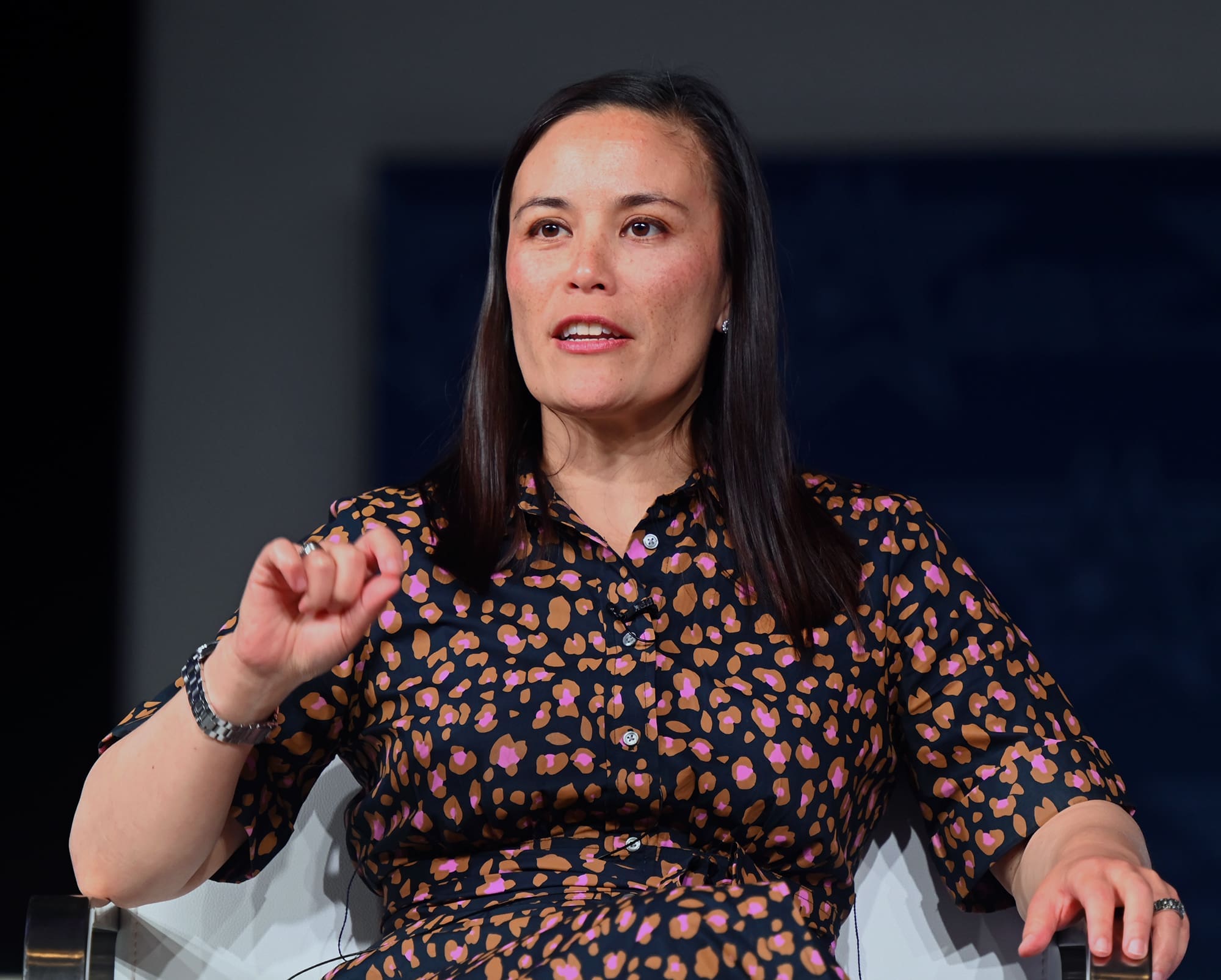School debt would skyrocket in Highland Park from $18,700 per student to more than $93,000 per student if school officials have their way.
Highland Park ISD board members are pushing a new $361 million debt proposal that, if approved by voters, would dramatically increase their property taxes. But concerns aside from the proposal’s enormous size have emerged, such as plans to tear down and rebuild three schools that were dramatically renovated just a few years ago.
Although the school board has not yet voted to place the measure on the November 2015 ballot, the August 24th deadline to do so is quickly approaching. Some residents want to slow down the process.
Seven years ago voters approved a bond totaling $75.4 million to finance dramatic renovations to Bradfield, Hyer, and University Park (UP) elementary campuses. They all received near identical treatment; new windows, roofs, heating and AC (HVAC), plumbing, and electrical systems. They also received new security upgrades including new entryways, cameras, lighting, and doors.
Eight new classrooms were added at each campus to replace portables, along with larger cafeterias, administration space along with kitchen additions, gymnasium and auditorium renovations.
Despite renovations costing $25 million just six years ago, the board now wants to demolish and rebuild all three schools—at a cost of $33 million each! It raises the obvious question: why weren’t the schools simply rebuilt back in 2009?
There’s more.
In order to avoid disrupting the school year, a fifth elementary campus costing $29.4 million will be built on newly acquired land, so students have somewhere to be housed during construction.
The fourth elementary school (Armstrong) also received similar renovations from the 2008 bond. Interestingly, the board is again opting to renovate it to “save” taxpayers money. But what guarantee do residents have it won’t also be demolished in five or ten years?
As an aside, the district claims Armstrong will be expanded to a capacity of 550 students. But the Facility Advisory Committee’s (FAC) report contradicts that figure, listing its current capacity at 593, with an enrollment of 578.
Taxpayers deserve an explanation.
There’s also a problem with how the district is presenting the cost of every project, an issue typical with governments hoping to sell a debt plan to local voters.
The board conveniently fails to detail the cost per square foot of any new school, expansion, or renovation. They only cite an ambiguous total price tag. Construction spending on schools across Texas varies dramatically, from $83 to over $250 per square foot. Without a detailed breakdown, it’s impossible for taxpayers to see if the construction plans are prudent or overpriced.
This information should be provided before the board approves the plan. Unfortunately, local officials typically don’t require detailed construction plans to be reviewed prior to pitching the price tag to taxpayers.
Politicians should make it easier for taxpayers to understand what they’re being asked to approve so that it can be justified, not rationalized.
The board plans to vote on the debt deal at next week’s meeting. At first glance, it’s clear they have a lot of explaining to do before (not after) that decision is made.




